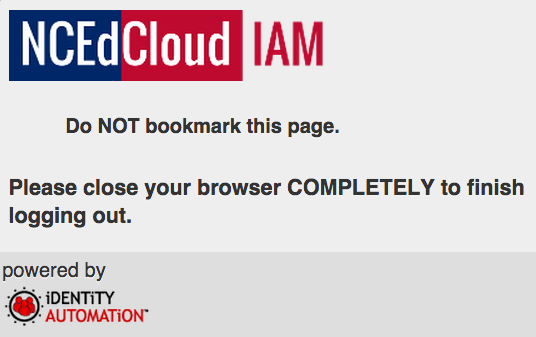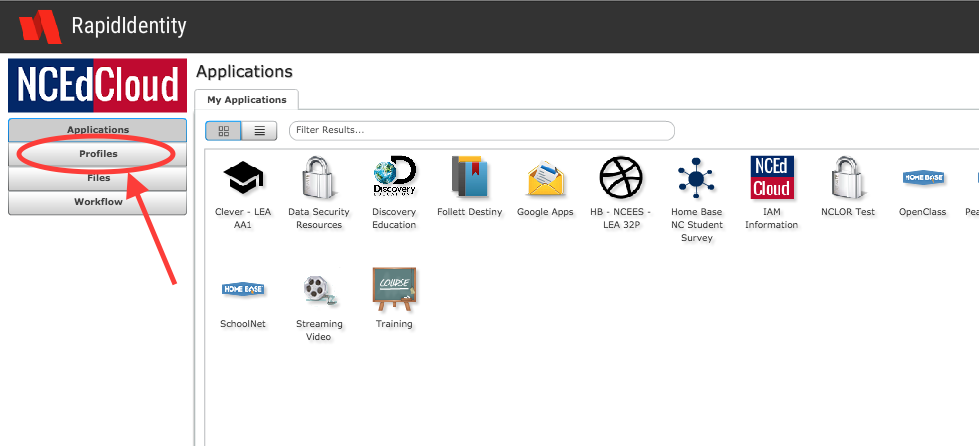Changing a user password that has expired is fairly straight forward:
Step 1: You attempt to login at the IAM Service RapidIdentity screen as usual.
Step 2: When you click on "Go" you receive a red error message indicating your password is expired.
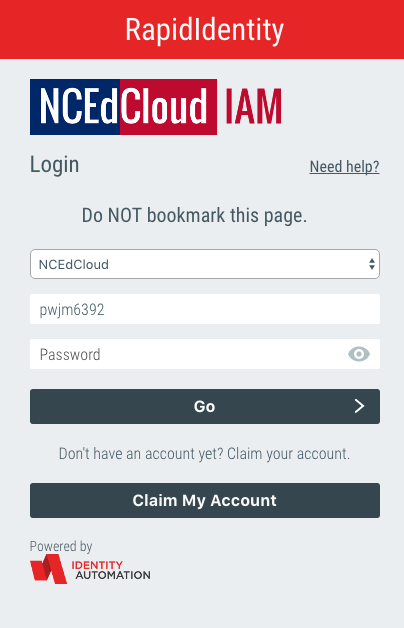
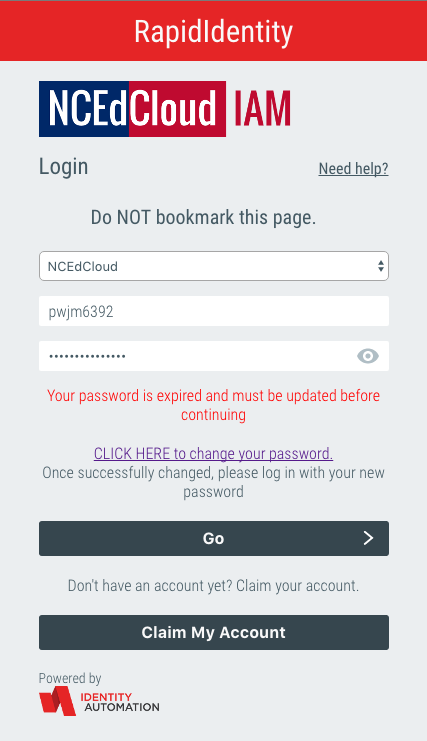
Step 3: At the My Employee Profile screen click on the "Change Password" button.
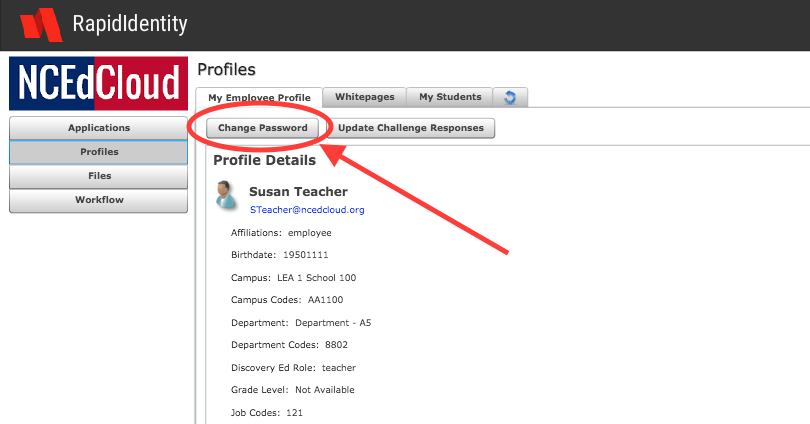
Step 4: Review the Password Policy requirements and Enter your Current Password
Step 5: When you begin typing your "New" password, you will see an error message "Password Does Not Meet Requirements" (in red) displayed at the bottom of the screen. This is normal until you have fill all the requirements of the password policy (length, case, number).
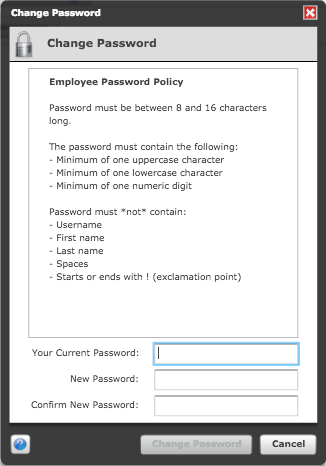
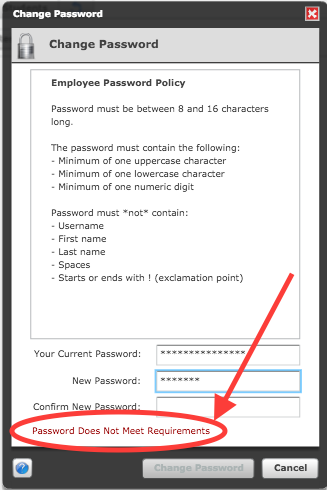
Step 6: Once you have entered a password that meets the Password Policy requirements, the message will change to "Password Meets Requirements" (green).
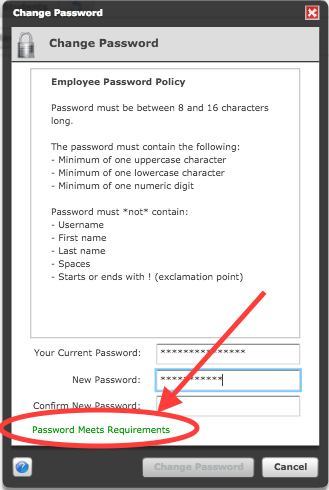
Step 7: Once you enter a new valid password (green message remains), you will need to Confirm it by retyping the password. Until you accurately duplicate your new password, the "Change Password" button at the bottom will remain "grayed out". When you type in an exact match to your new password, the button will become active and you can click on "Change Password" to complete your password change.
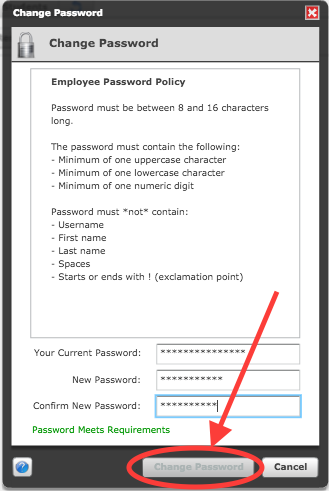
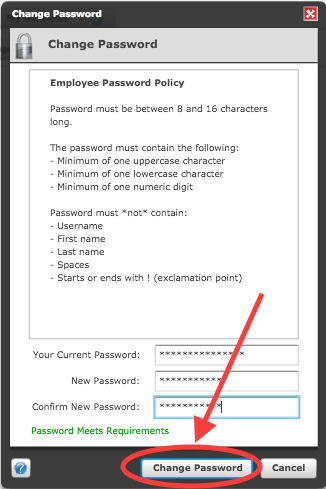
Step 8: Once you have completed the above screens and clicked on Change Password, you should see the following screen indicating a successful password change:

* Error: If you receive the following message after clicking on change Password, it means that you mistyped your current (old) password in the first box.
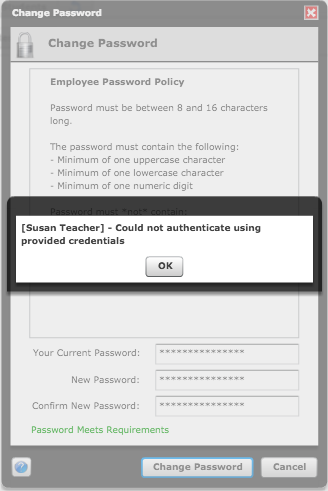
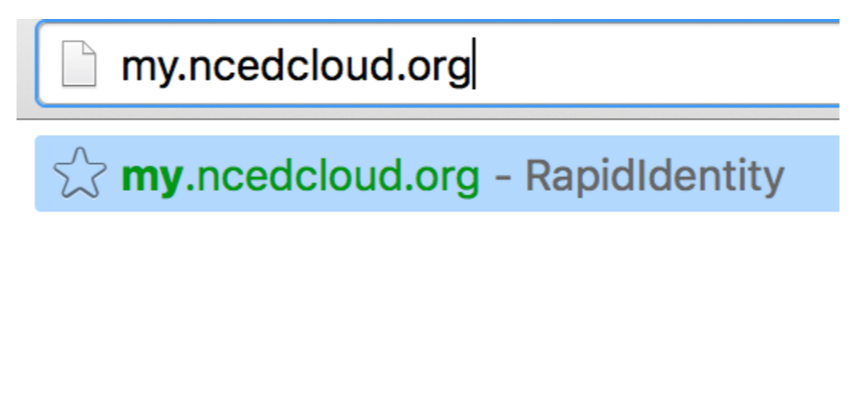
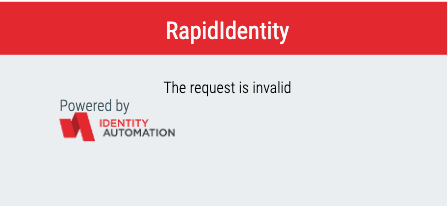
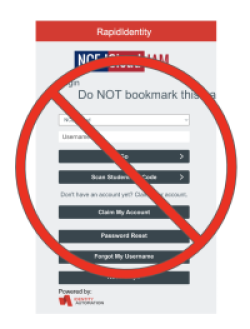
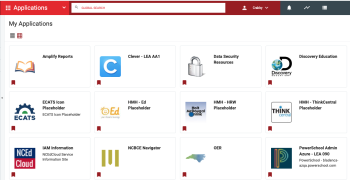 .
.
